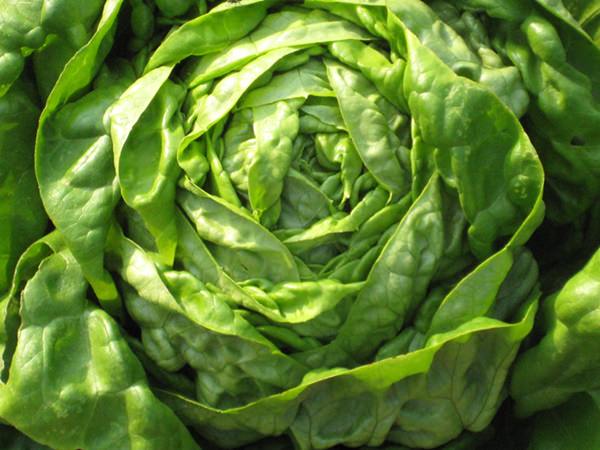
Most weekend photographers don’t think about still life photography. Yet most weekend photographers already take still lives. Surprised? Well, don’t be.
Ever since the advent of camera phones people have become obsessed with ‘selfies’ with “Here’s me at the Dorchester having breakfast.” Shots of no consequence or artistic value, but the food is a different matter.
I saw a cartoon you will immediately relate to. It was a maître d’ saying to a couple, “Didn’t you like the food? You didn’t photograph it.” You see, taking photos of your breakfast is really practicing still life photography.
One of the main differences with still life over portraiture is the final photo is totally the province of the photographer. When the result is good, the photographer did a good job. A bad shot and there is nobody to blame but the photographer.
The equipment you need is not too expensive, but if you have a tripod, a DSLR, a locking cable release, a spirit level, a polarizer and some close-up lenses (+1, +2, +3) you are almost there. Nice items to have include plexiglass screen and seamless background paper.
Lighting can be anything from a window, a quartz-halogen bulb light to the on-camera flash with the DSLR to a light bank you can make yourself to a fluoro unit previously used to light a room from the ceiling.
Let’s start with something very simple – the aforementioned food shots. To start with, leave the presentation on the plate to the chef in the kitchen. The chef is supposed to be better than you at this stage.
On its trip from kitchen to your table it may arrive with sauces that have run off the edge of the plate and items that have fallen over. The good still life photographer will correct those problems before popping the shutter!
Now you can look through the viewfinder and move the plate gently to another position to see if artistically it looks better there. Choose two positions. Look carefully at the background to ensure there is nothing extraneous. That includes tomato sauce stains on the tablecloth. Try to fill the frame.
Now here is a “trick” that will make your food still life 100 percent better. Do not position the camera directly over the plate looking directly downwards, but angle the shot at 45 degrees. The reason for this is that nobody stands looking down at the plate of their food, but more at about 45 degrees. The diner will recognize the shot, when taken from his or her seated angle of view.
Take your shots and look carefully and critically at them (digital photography makes it easy). If the white plate is “blown out” then this is easy to fix. Move the camera away from the plate and use your zoom lens to recreate the size of the plate in the frame once more. What you are doing is reducing the intensity of the lighting, so the white does not blow out. Simple and easy.
Now all that was done using your DSLR, hand-held, with the camera’s own flash. The next step is to create your own subject matter, the presentation is then yours and not the cook’s.
Sticking with food, let’s see what can be done with a simple item, such as lettuce. Green and crunchy.
How do we give that impression in a two dimensional photo? With clever lighting, that’s how. Do not use the camera’s flash, but use a light source you can bring in at 45 degrees to the side of the plate of lettuce. This can be an open window, some floodlamps from the hardware store, even a high intensity desk lamp can do the trick, but you may need a very slow shutter speed, so use the tripod. The shadows produced within the lettuce will make the shot almost 3D.
Aim one photoflood at the lettuce from the left of the lettuce and get in close so you don’t even have a background worry. You will have started to produce a very professional look to your photos.
There is lots more you can do with still life, but we will cover that another day.
 |
 |
 |





